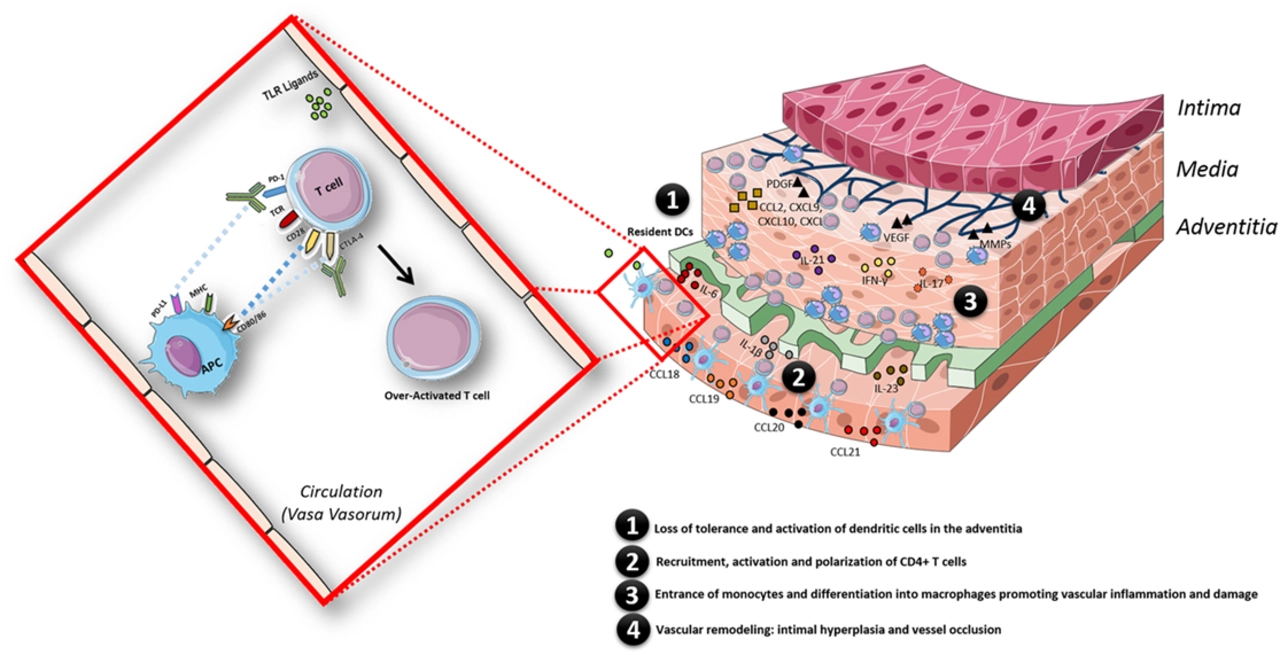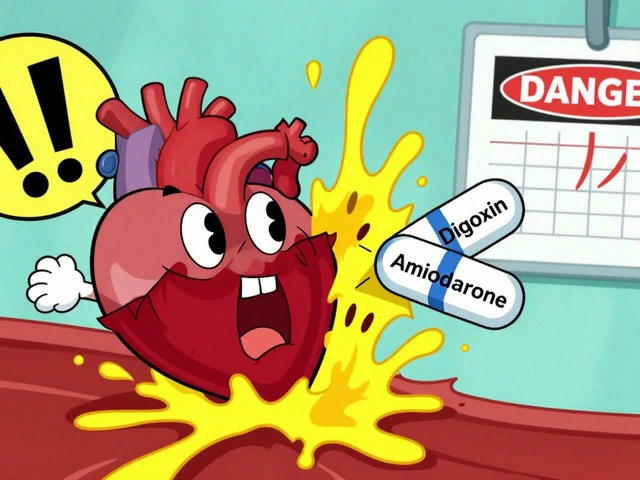Giant Cell Arteritis – What You Need to Know
If you’ve heard of giant cell arteritis (GCA) and wonder if it could affect you, you’re in the right place. GCA is a type of vasculitis that mainly hits the big arteries in your head, especially the temporal artery near your temples. It most often shows up in people over 50, and women are more likely to get it than men.
The scary part about GCA is that it can cause permanent vision loss if it isn’t treated quickly. The good news? Early recognition and treatment usually keep serious complications at bay.
Common Signs and Symptoms
Most people with GCA notice a few key warning signs:
- Headache – Usually deep‑sitting, on one side of the head.
- Sore or tender temples – The area may feel warm to touch.
- Vision problems – Blurry vision, double vision, or sudden loss of sight in one eye.
- Scalp tenderness – Brushing hair can hurt.
- Jaw pain while chewing (called jaw claudication).
- Fever, fatigue, and weight loss – General feeling of being unwell.
If you notice any of these, especially a new headache with scalp tenderness, call your doctor right away. GCA can progress fast, and waiting even a day can make a difference for your eyes.
How Doctors Confirm the Diagnosis
The first step is blood work. Most patients have an elevated erythrocyte sedimentation rate (ESR) or high C‑reactive protein (CRP). Those numbers tell doctors there’s inflammation somewhere in the body.
A definitive test is a temporal artery biopsy. A tiny piece of the artery is removed and examined under a microscope. If giant cells are seen, that confirms GCA. Even if the biopsy comes back negative, doctors may still treat based on symptoms and blood tests because the inflamed part can be missed.
Imaging tools like ultrasound or MRI can also show thickening of the artery wall, helping to support a diagnosis when a biopsy isn’t possible.
Treatment That Works
The backbone of GCA treatment is high‑dose steroids. Most doctors start with prednisone 40–60 mg daily. This dose usually eases symptoms within a few days. After the initial improvement, the doctor will slowly reduce the dose over months to limit side effects.
Because long‑term steroid use can cause weight gain, diabetes, and bone loss, many patients now add tocilizumab, an injectable medication that blocks inflammation. Studies show it helps keep steroids low while still controlling the disease.
While on treatment, keep an eye on blood pressure, blood sugar, and bone health. Calcium, vitamin D, and sometimes a bisphosphonate can protect your bones.
Living with Giant Cell Arteritis
Most people feel back to normal after the inflammation is under control. Still, regular follow‑up appointments are crucial. Your doctor will check blood work, adjust medication doses, and watch for any flare‑ups.
If you experience new vision changes or a sudden worsening of headaches while on treatment, seek emergency care. Those signs could mean the disease is flaring again.
Remember, GCA is treatable, and early action makes all the difference. Knowing the symptoms, getting tested fast, and staying on your medication plan will help you keep living a healthy life.




